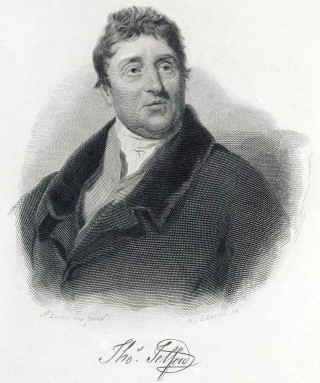We Recommend:
Bach Steel - Experts at historic truss bridge restoration.
BridgeHunter.com Phase 1 is released to the public! - Visit Now
Mythe Bridge

Primary Photographer(s): Nathan Holth
Bridge Documented: May 11, 2018
Tewkesbury: South West, England and West Midlands, England: United Kingdom
Metal (Cast Iron) Hingeless Deck Arch, Fixed and Approach Spans: Brick Deck Arch, Fixed
1826 By Builder/Contractor: William Hazledine of Shrewsbury, England and Engineer/Design: Thomas Telford
1992
170.0 Feet (51.8 Meters)
270.0 Feet (82.3 Meters)
24 Feet (7.32 Meters)
1 Main Span(s) and 12 Approach Span(s)
Not Applicable

View Information About HSR Ratings
Bridge Documentation
View Detailed Historical Article From Transactions of the Institution of Civil Engineers About This Bridge
View Autobiography of Thomas Telford
View Historical Biography of Thomas Telford
The approach and abutments were constructed by Hugh McIntosh. William Hazledine, an ironmaster who worked with Telford on many bridge projects, cast the bridge in Shropshire iron. Telford was reportedly so impressed with Hazledine's work that he called him "the Arch conjuror himself, Merlin Hazledine." In regards to this specific bridge, Telford wrote that "I reckon this the most handsomest bridge which has been built under my direction."
The bridge is composed of six cast iron ribs (cast in eight 23-foot segments) and the bridge includes spandrels composed of diagonal members which were known as lozenges due to the diamond shapes they form. The base of the deck is composed of cast iron plates. The general design of this bridge is similar to other cast iron arch bridges designed by Telford. Built for £14,500, the bridge was a toll bridge in 1850.
A reinforced concrete slab deck was added to the bridge in 1923, although the cast iron deck plates remained in place below. The bridge was rehabilitated in 1992. Alterations included steel plates added to the top of the arch ribs, and some bracing alterations and additions. However overall this bridge retains outstanding integrity of materials and design of the cast iron structure. The brick arch approach spans for this bridge appear to have originally had a stone facing. A significant amount of these stones, particularly at the upper arch portions, appear to have been replaced with brick. The surviving stone is unevenly retained on the bridge.
This bridge is difficult to view due to being surrounded by private properties. HistoricBridges.org is grateful to AB Severn Rowing Club for permission to access the bridge making possible an outstanding photo-documentation of the bridge.
Above: Thomas Telford
Above: Details of the arch as shown in Transactions of the Institution of Civil Engineers paper.
Above: Details of the approach and abutment as shown in Transactions of the Institution of Civil Engineers paper.
Official Heritage Listing Information and FindingsListed At: Grade II* Discussion: List Entry Number: 1282810 and 1238445 |
![]()
Photo Galleries and Videos: Mythe Bridge
Bridge Photo-Documentation
Original / Full Size PhotosA collection of overview and detail photos. This gallery offers photos in the highest available resolution and file size in a touch-friendly popup viewer.
Alternatively, Browse Without Using Viewer
![]()
Bridge Photo-Documentation
Mobile Optimized PhotosA collection of overview and detail photos. This gallery features data-friendly, fast-loading photos in a touch-friendly popup viewer.
Alternatively, Browse Without Using Viewer
![]()
Maps and Links: Mythe Bridge
Coordinates (Latitude, Longitude):
Search For Additional Bridge Listings:
Additional Maps:
Google Streetview (If Available)
GeoHack (Additional Links and Coordinates)
Apple Maps (Via DuckDuckGo Search)
Apple Maps (Apple devices only)
Android: Open Location In Your Map or GPS App
Flickr Gallery (Find Nearby Photos)
Wikimedia Commons (Find Nearby Photos)
Directions Via Sygic For Android
Directions Via Sygic For iOS and Android Dolphin Browser
Ordnance Survey Maps (UK Only)





